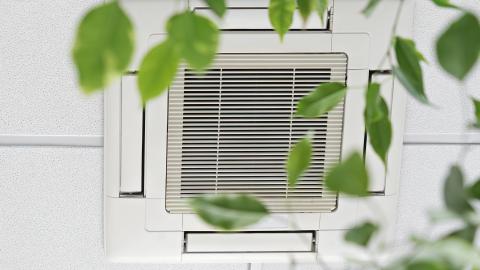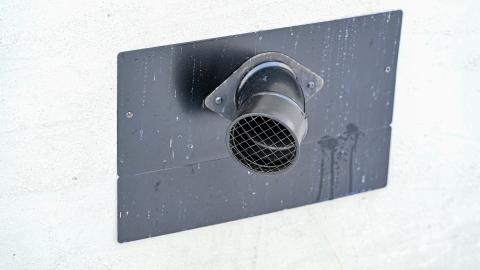Air quality monitoring projects

Here you will find information on Vancouver Coastal Health’s ongoing air quality monitoring projects. These projects, studies and programs gather data to help increase awareness of air conditions in communities.
Carbon Dioxide (CO2) Monitor Loaning Program
You can now borrow a carbon dioxide (CO2) monitor from our Vancouver office free of charge for a maximum of seven days.
By measuring CO2 levels in indoor environments, you can gain information about ventilation in a space and find opportunities to improve it.
Our project info sheet has more information. If you are interested in borrowing a CO2 monitor, please email healthy.environments@vch.ca or call (604) 675-3800.
Each kit will include:
- One CO2 monitor
- One quick start guide
- One project info sheet
- One participant survey
- One info card with contact information for VCH’s Healthy Environments & Climate Change team
Particulate Matter (PM2.5) Sensor Projects (AQ-CARE)
Vancouver Coastal Health (VCH) is providing low-cost fine particulate matter (PM2.5) air quality sensors to communities with gaps in air quality monitoring across the VCH region through the AQ-CARE (Air Quality – Community Action, Resilience and Empowerment) project. The data from these sensors allows residents to understand outdoor air quality in their community better, increase their understanding of wildfire smoke and winter wood smoke conditions, and take action in response to local conditions.
In addition to filling outdoor air quality data gaps, VCH also provides indoor sensors to public buildings to better understand indoor particulate matter concentrations. These indoor sensors help us better understand how much outdoor smoke enters our buildings and identify improvements to protect indoor air.
Strathcona Area Air Quality Study
The Strathcona Area Air Quality Study is a two-year study that measures air quality in the Strathcona neighbourhood within the City of Vancouver and identifies potential opportunities for improvement. A steering committee co-chaired by the Strathcona Residents Association and Vancouver Fraser Port Authority, with representatives from the City of Vancouver, Environment and Climate Change Canada, Metro Vancouver, the University of British Columbia, and Vancouver Coastal Health, guides this study.
More information about this study can be found on the Port of Vancouver Strathcona Area Air Quality Study project page.
Visit the VCH Air Quality Homepage.
Modelling the impact of liquified natural gas export facilities on air quality
University of Victoria researchers and scientific partners are using satellite data on emissions from flaring activities at liquefied natural gas export facilities to develop modelled predictions of potential future impacts on air quality and health. This study is funded by the National Sciences and Engineering Research Council, with engagement from Vancouver Coastal Health staff.






